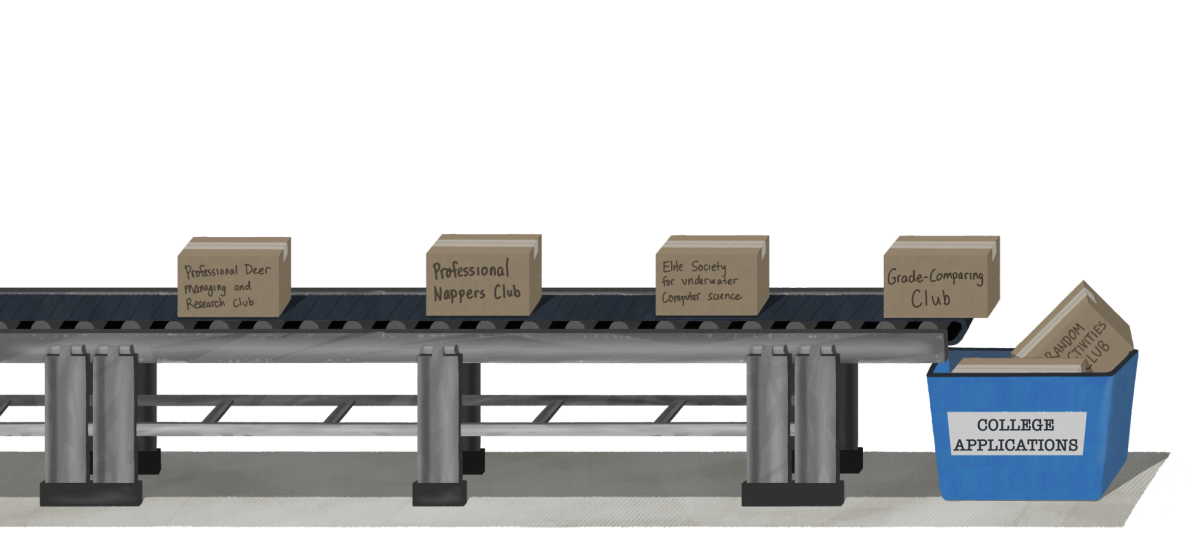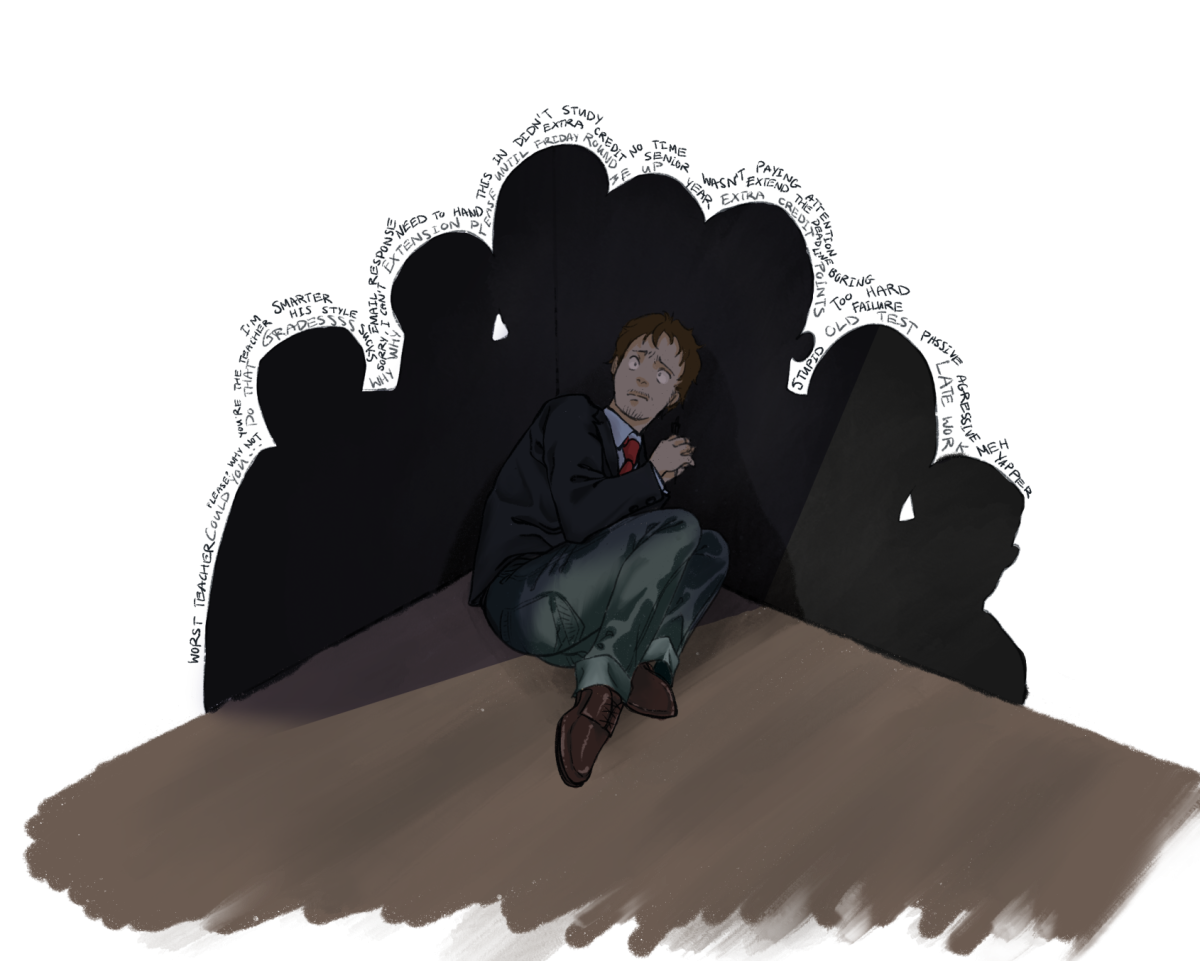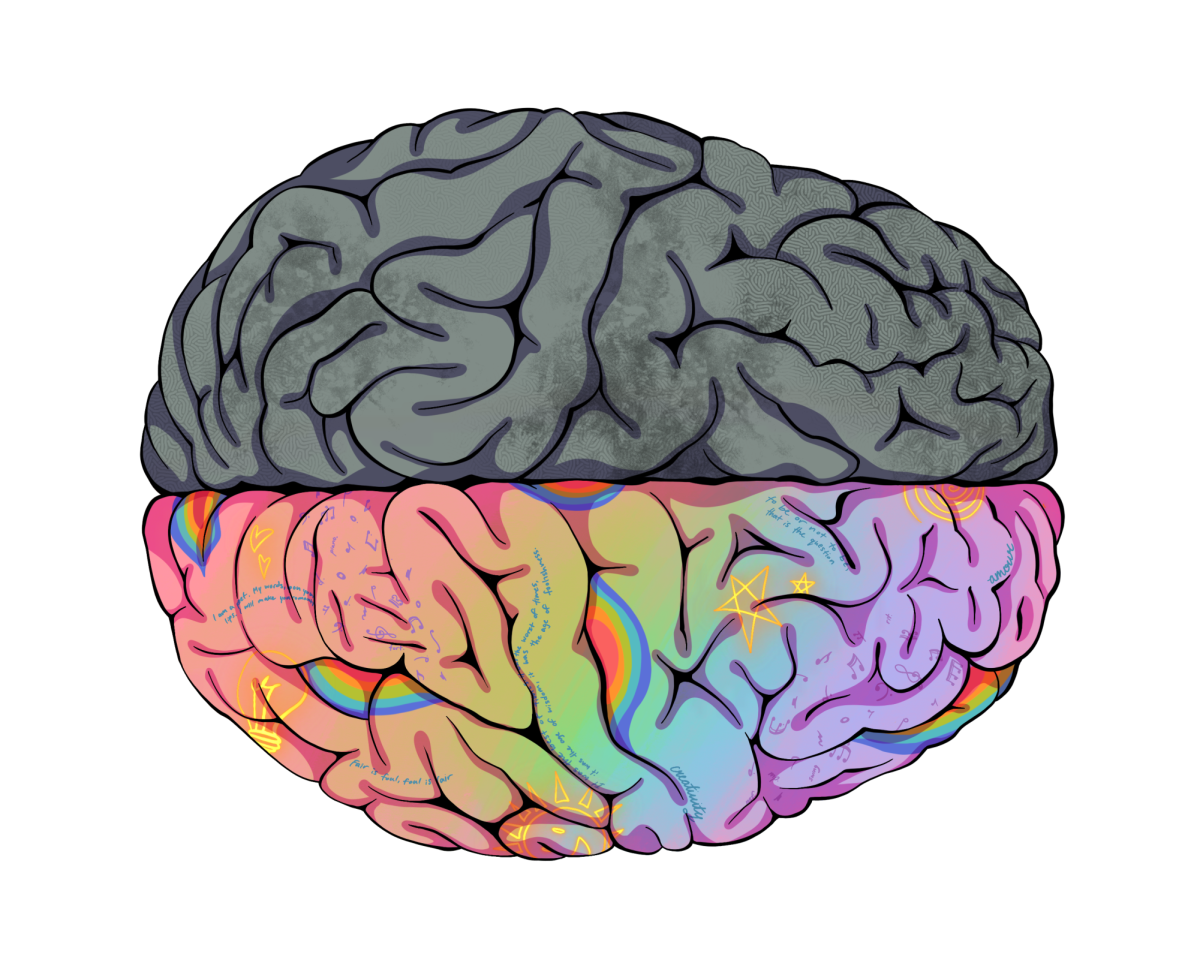Written by Hayley Krolik
Published in the October 8 2015 issue
Although federal law separates church and state, public schools cannot blatantly ignore over half of their student bodies: according to Gallup polling, 60 percent of Americans find religion to be very important in their lives while another 26 percent find it fairly important. This year, Palo Alto students noticed that their religious priorities were shelved when a holiday was not designated for Yom Kippur. Schools should make accommodations for major religions in order to create a positive learning environment where students feel supported and can keep up with coursework while maintaining full spiritual lives. This is a matter of courtesy and consideration for diversity.
According to a 2011 PAUSD Search Institute survey, around 36.5 percent of middle and high school students are religiously active. It is respectful to designate religious days as local holidays, especially if there is a ceremony making students unable to participate in the school day. Yom Kippur, one of the holy Jewish holidays, involves a fast during which participants cannot drink or eat dawn to dusk. The important Muslim holiday, Eid al-Adha, involves prayer rituals throughout the day. If school is in session during these holidays, participants may feel obligated to double-up commitments. Students who are fasting would lack the nutrients to fully perform in class, while Muslim students would not have time to participate in prayers without disrupting their learning, forcing them to perhaps forgo religious observance in order to participate in school.
PAUSD should reserve more days off for a greater variety of religious holidays, allocating one local holiday per major religion. One solution would be to reserve a couple local holidays for religious ones. This school year, PAUSD has designated three days labeled as “local holidays” for Thanksgiving as well as two weeks for winter break. In order to accommodate religious
holidays, Thanksgiving break could start on Thursday, the actual holiday, instead of Wednesday, and school could close for winter break on a Thursday and resume two Mondays later. This would only require basic adjustment of the calendar, preserve the three-day finals week schedule and provide a simple solution that could serve two purposes. Students who observe certain religious holidays would not miss more school while students who do would not have to make up an exorbitant amount of schoolwork.
Allowing days off for religious holidays requires determining which ones receive designated days off. Some say that there will be issues of fairness in choosing holidays, while creating a logistical nightmare for the school. Although taking school off for religious holidays will require reorganization of the calendar, adding these holidays is a more respectful solution, regardless of which religions are chosen.
A committee could be a smart way to determine these local holidays. The committee, comprising of students, parents and teachers, would use surveys to determine students’ religious demographics, then assign days to the major groups. This data collection could be combined with a discussion to ensure that holidays are designated to practices unobservable during school.
Because of the large number of religiously observant Palo Alto students, it is respectful for the district to institute one local holiday per major religion. Some practices of religious holidays cannot be observed while in school. A viable solution is to reorganize the calendar to shift local holidays from Thanksgiving break and winter break to religious holidays. After all, the school has experienced enough changes lately that one more alteration would not be such an issue.












